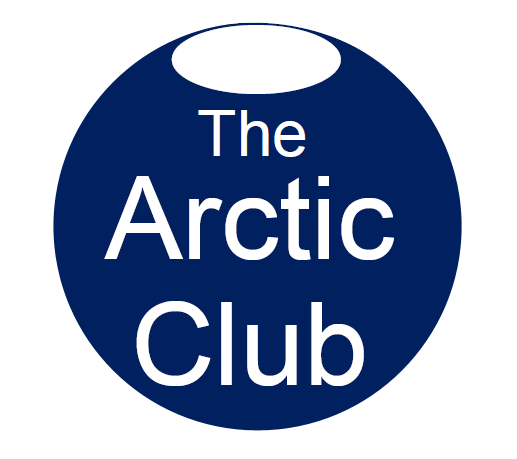
With courtesy of the Geographical and the Royal Geographical Society (with IBG)
In its April issue, the Geographical Magazine extracted from the archives of the RGS-IBG Picture Library this fantastic image of Kangerdlugssuaq taken during the British Arctic Air Route Expedition to East Greenland (1930-31). Martin Rickard and his team visited this site in 2018 – see their Expedition Photographs from his talk at the 2018 Arctic Club Dinner.
The article mentions that Gino Watkins took the picture although it would have been likely shot by H. I. Cozens, photographer and pilot of the expedition. You can find more pictures of the expedition on the page of Scott Polar Research Institute. See www.spri.cam.ac.uk/picturelibrary/catalogue/baare/.
Below is the 2016 satellite photo from Google Earth from a similar viewpoint – 68°10’15” N 31°52’18” W. The top of the photo is facing East.

On the foreplan of both pictures is Kraemer Island, and behind Uttental Sund leading to Watkins Fjord.
The bay at the East point of Kraemer Island was used by the yacht Suhaili during the 1992 Bonington-Johnston climbing expedition.
 Chris Bonington, ‘A Greenland Adventure’, in A197, 27-36, 1992193
Chris Bonington, ‘A Greenland Adventure’, in A197, 27-36, 1992193
Below are some great photos of Kangerdlugssuaq taken by Douglas Anderson, our fellow Arctic Club member.
View West from Norde Aputiteq towards Polartic glacier and Kap Holm – August 2005
View North across Watkins Fjord taken from point NE of Kraemer Island – July/August 2007
View from Amdrups point East to Kap Hammer – July/August 2007
The Gino Watkins Memorial Fund, under the joint trusteeship of the University of Cambridge and the Royal Geographical Society, gives grants towards expeditions that meet its objectives of guiding and inspiring enterprising young people towards scientific research and exploration in the polar regions.

